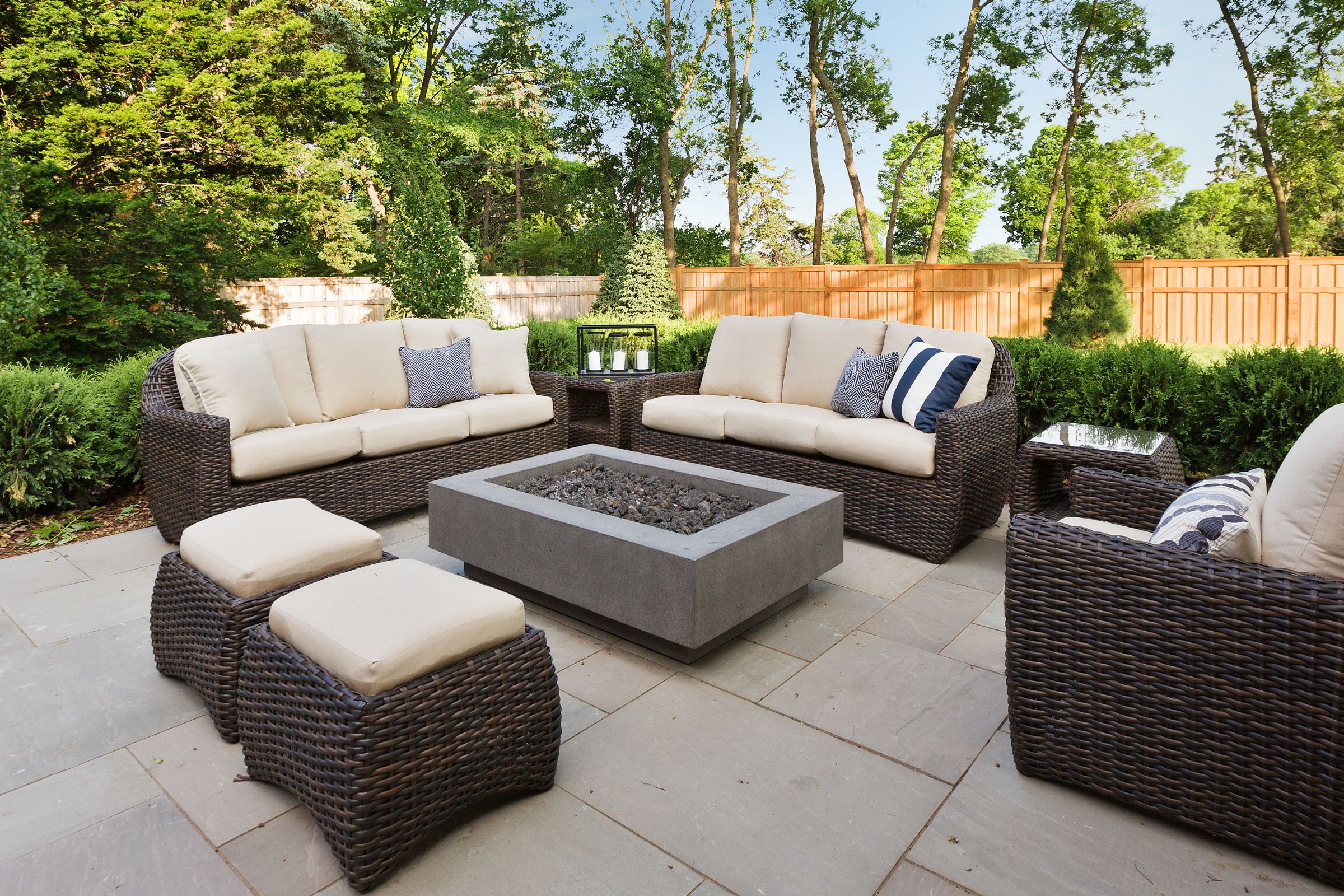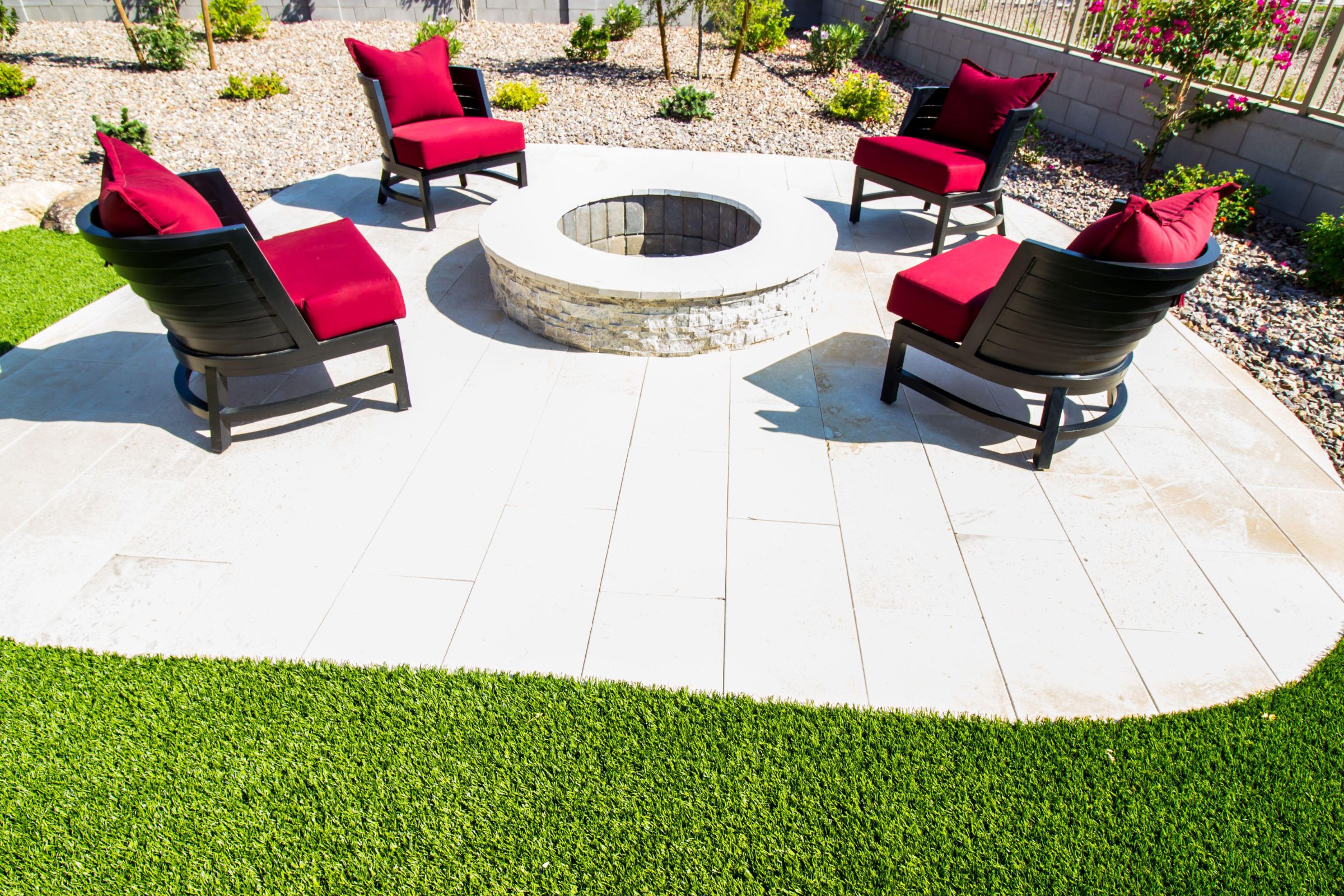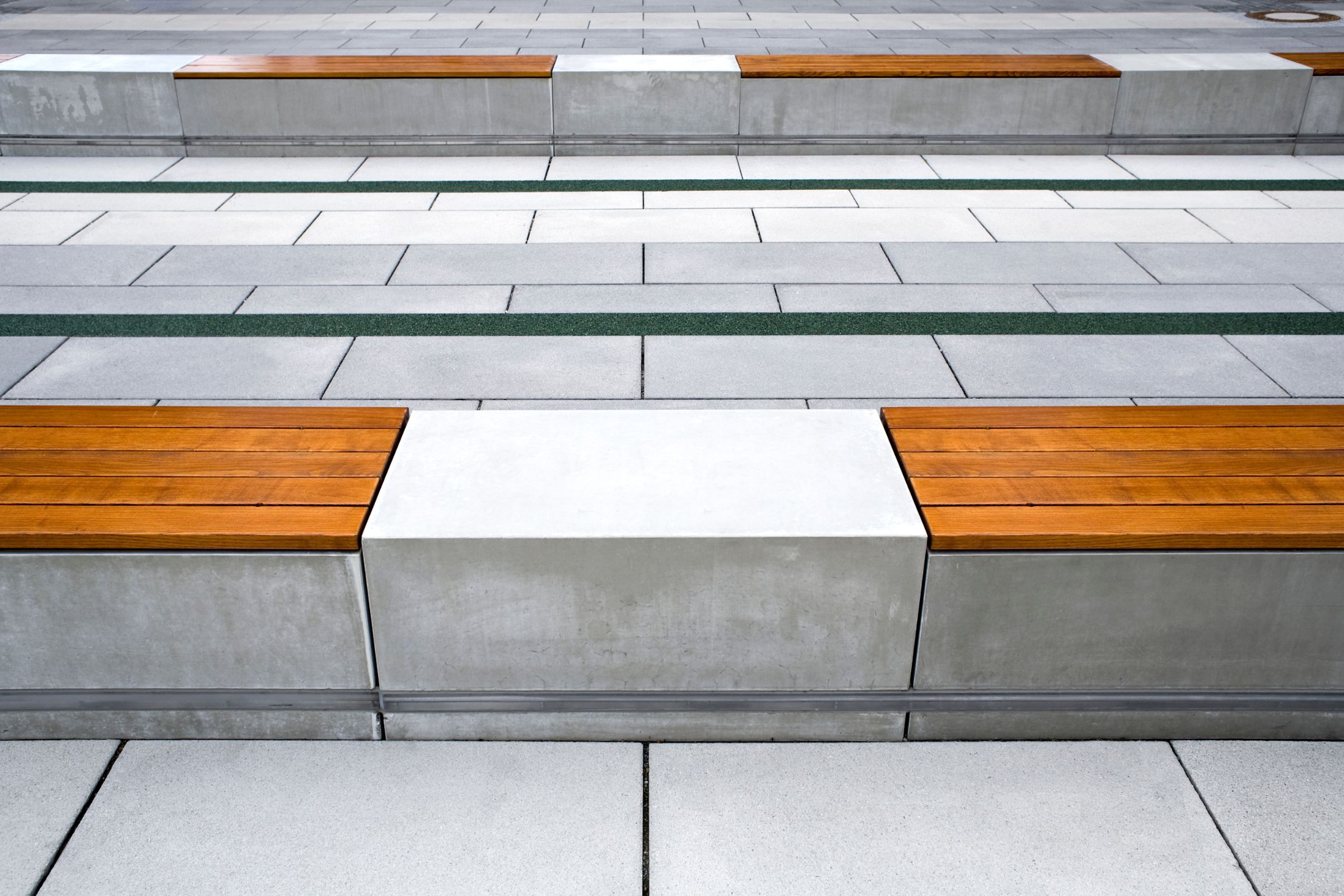As outdoor spaces become extensions of the home, fire features are no longer just functional—they’re focal points. Whether it's for…

When people think about upgrading their outdoor living areas, they often turn to materials like wood, stone, or composite decking. But concrete is becoming an increasingly popular—and surprisingly versatile—choice for outdoor design. From sculptural benches and sleek fire pits to large-format pavers and architectural planters, concrete is redefining what’s possible in exterior spaces.
Why Concrete Works for the Outdoors
Concrete naturally withstands the elements, making it ideal for patios, gardens, rooftop lounges, and more. Its durability means it won’t warp, crack easily, or deteriorate in harsh weather conditions. But it’s not just about strength—modern concrete also offers a refined, design-forward aesthetic that complements both urban and natural environments.
Whether you’re looking for a monolithic bench that blends into the landscape or a bold fire feature that acts as a centerpiece, concrete provides the versatility to deliver.
Custom Design for Any Landscape
One of the most appealing aspects of concrete in outdoor spaces is the freedom it offers in terms of form and finish. Smooth and polished for a modern look, or board-formed and textured for an organic, rustic vibe—concrete can be tailored to match the tone of the surrounding environment.
Homeowners and designers are using it to create custom landscape features such as:
- Built-in concrete seating around fire pits
- Elevated garden beds and planters
- Poolside coping and stair treads
- Integrated outdoor kitchen countertops and sink stations
These elements are not only functional but also contribute to a unified, intentional design.
Minimal Maintenance, Maximum Impact
In contrast to wood and other materials that require regular sealing or replacement, concrete is incredibly low maintenance. Once properly sealed, it resists stains, fading, and water damage. This makes it a long-term solution that looks better as it ages—developing character without losing performance.
Blending Architecture and Landscape
Perhaps most significantly, concrete serves as a bridge between the built structure and the natural world. It can extend the architectural language of a home into the yard, blurring the lines between indoor and outdoor living. With clean lines and seamless integration, concrete elements can help tie together patios, garden walls, water features, and more—creating cohesive outdoor experiences.
Final Thoughts
Outdoor living spaces are more than just patios and planters—they’re extensions of the home and lifestyle. Concrete brings durability, adaptability, and an elevated design sensibility to these environments. Whether you’re designing a new outdoor retreat or updating an existing space, concrete offers a modern, enduring solution that brings both form and function to the forefront.



